Accelerating the decarbonization of electric fleets


Our CEO Nick Woolley delves into the potential to decarbonize EV fleets through managed charging.
Last week, I attended the WEX Venture Capital Summit. WEX simplifies payments for thousands of commercial vehicle fleets, managing 19 million vehicles across North America and Europe. With over 50% of new registered vehicles on the road being owned by companies, we can’t overlook fleets if we are to fully electrify and decarbonize transport.
I wanted to share some reflections on the insightful conversations on fleet electrification we’ve had over the past week.
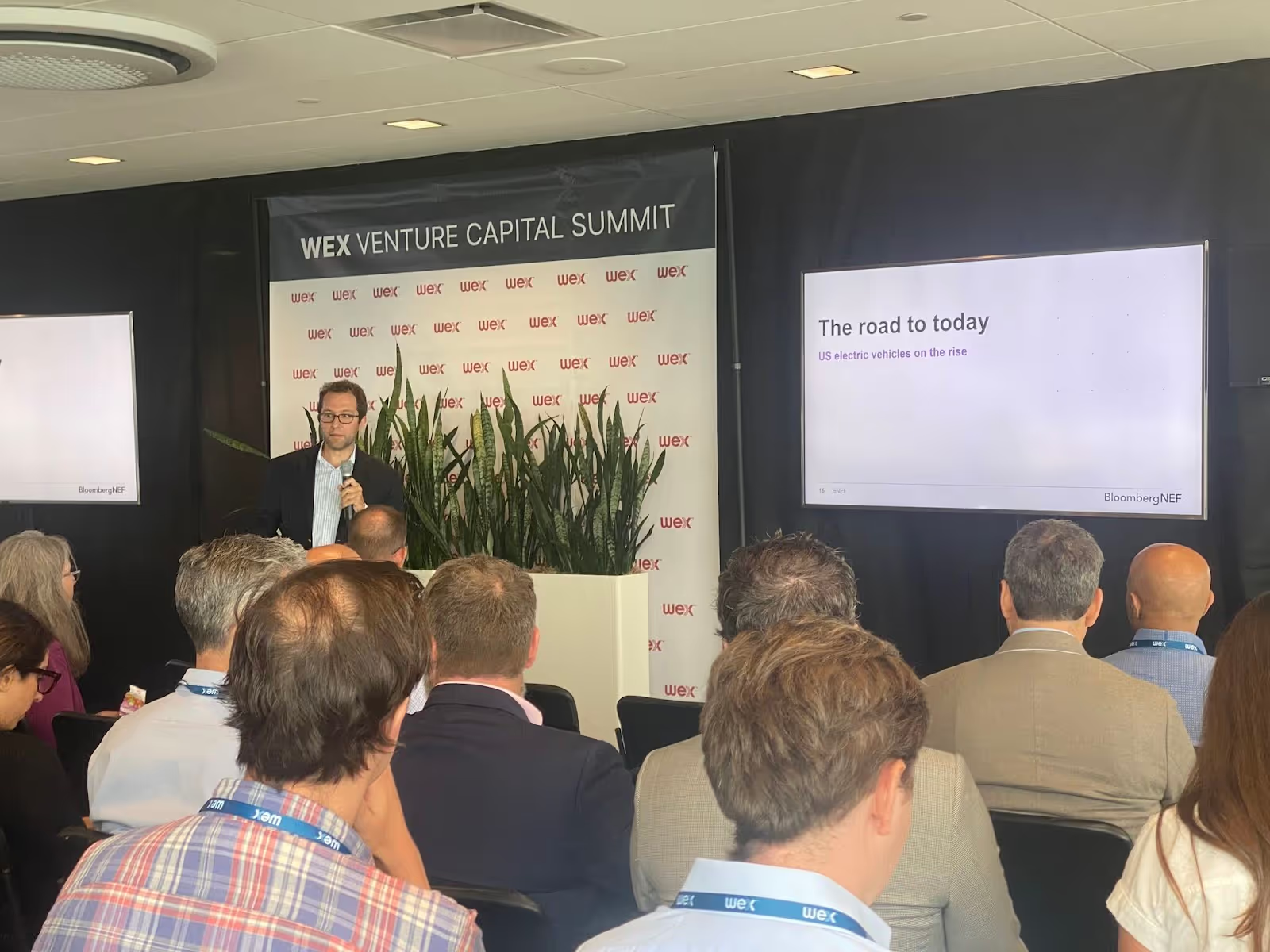
WEX Venture Capital Summit 2024 puts a focus on electrifying fleets
Fleets: A massive opportunity for the electricity system
Fleets represent a significant opportunity for electric utilities to deliver more electrons and shape new services for their commercial customers.
By 2030, peak demand from fleets could be several 10s of GWs across both North America, and Europe. With the right technology, this would create a Virtual Power Plant (VPP) equivalent in size to building several nuclear power stations.
Harnessing this energy intelligently will enable us to reduce energy infrastructure costs and integrate more renewables, driving down bills for all energy consumers. However, there’s a risk that this new load could burden the system at peak times.
Three essential steps to decarbonize electric fleets
Reflecting on the fleet decarbonization challenge, and my conversations in Maine, three themes emerged.
We need to:
- Simplify charging for fleet drivers
- Incentivise and empower the fleet manager to support the grid
- Scale commercial charging programs and services through energy companies
Let’s explore each in detail.
Simplify charging for fleet drivers
Fleet drivers seek simplicity in their daily operations. Unfortunately, the charging landscape is complex, with numerous public charging networks, energy companies, vehicles, and chargers needing seamless intolerability to meet the driver’s needs.
Fleet drivers also desire prompt and accurate reimbursement for their charging and many drivers charge at home, adding complexity for fleet managers who must separate commercial charging from home energy bills.
Simplifying charging is a key focus for ev.energy and WEX. If we simplify charging for private vehicles, we can do it for fleets too. Solutions like WEX’s home reimbursement dramatically simplify a fleet driver’s life already, with capabilities continuously improving as new charging networks, energy companies, vehicles and hardware are connected.
Empower and incentivize fleet managers to support the grid
Fleet managers, who pay the energy bills, need tools to track vehicles and reimburse drivers for home charging sessions. They are motivated to reduce costs but often don’t control when drivers charge their vehicles. Consequently, many fleets charge during peak times, incurring higher costs.
This is a classic case of misaligned incentives: fleet drivers get reimbursed regardless of when they charge, so have no reason to avoid peak times. At scale, this poses a significant cost burden for organizations.
By enrolling their vehicles in utility-led managed EV charging programs, fleet managers can typically reduce charging costs by 50%. These programs offer average incentives of $30 per vehicle per month, and in optimal conditions, this rises to $80 per month. Some fleets connected to ev.energy are already earning hundreds of thousands of dollars per year, courtesy of our energy company partners.
Aligning the interests of fleet managers, drivers, and energy grids is crucial. With solutions like ev.energy, fleet managers can effortlessly enroll their drivers in grid programs, netting a lucrative revenue stream with no disruption to operations. Drivers remain unaffected as they still get their vehicles charged when needed and can override the system at the tap of a button if necessary.
Scale commercial charging programs and services through energy companies
Many utilities are already rolling out residential managed EV charging solutions, encouraging privately owned vehicles to charge at the right time for the grid. This is great for the 80% of residential charging taking place at home, but not always ideal for fleets.
The next step is offering dedicated commercial managed charging services. Opportunities include extending residential tariffs and programs to fleet customers and providing new services, like charging reimbursement, access to public charging, and commercial site charging management.
Energy companies have a natural connection to every business worldwide and this gives them a unique opportunity to accelerate fleet electrification everywhere.
Let’s unlock the EV fleet virtual power plant!
We have the tools to achieve fleet electrification, now we need to expedite the process. Encouragingly, BNEF predicts cost parity for fleets in Europe and North America soon. As we approach this milestone, it’s crucial to ensure that fleet charging services are ready to unlock the fleet Virtual Power Plant in 2024.
Thanks to WEX for organizing an excellent event. At ev.energy, we’re excited to push forward and make fleet electrification a reality.
Ready to learn more about ev.energy? Check out our award-winning managed charging solutions or download our app.
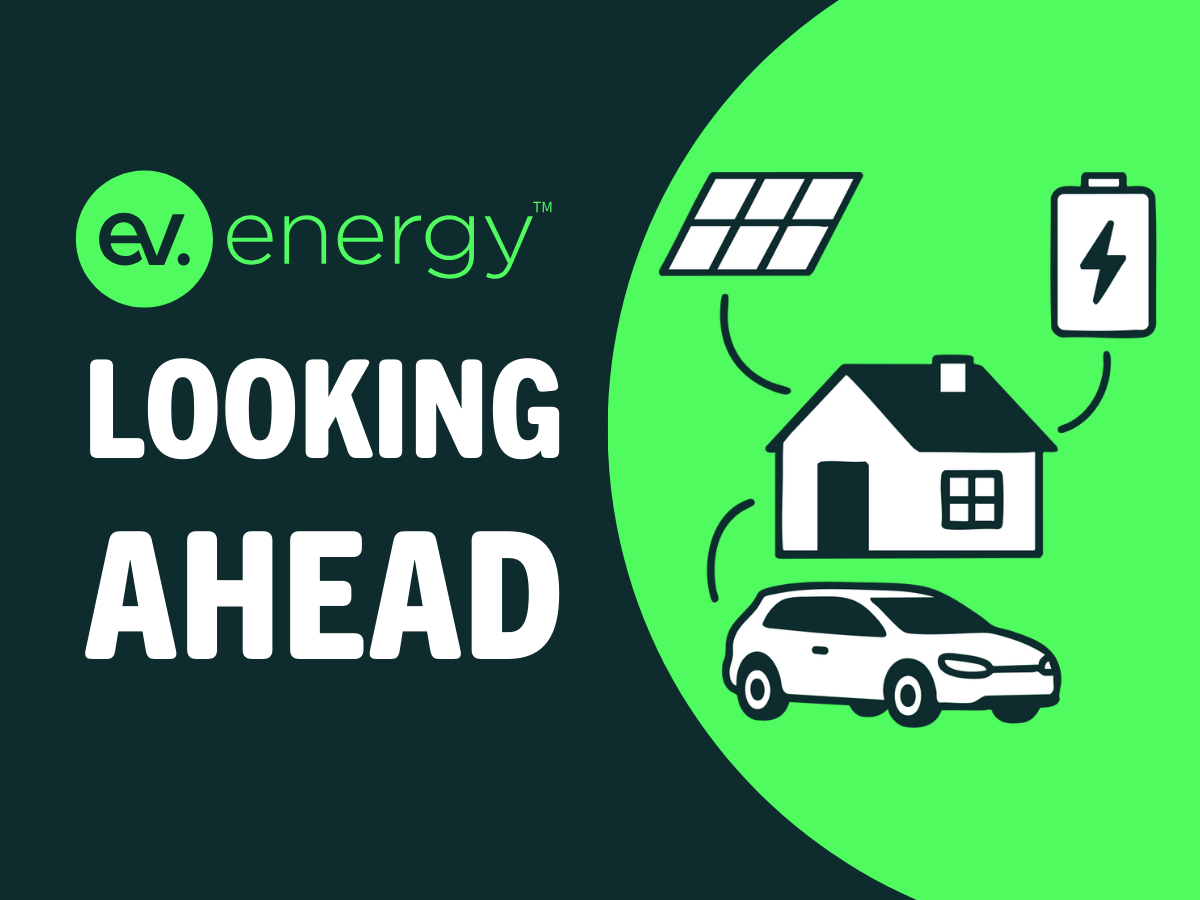




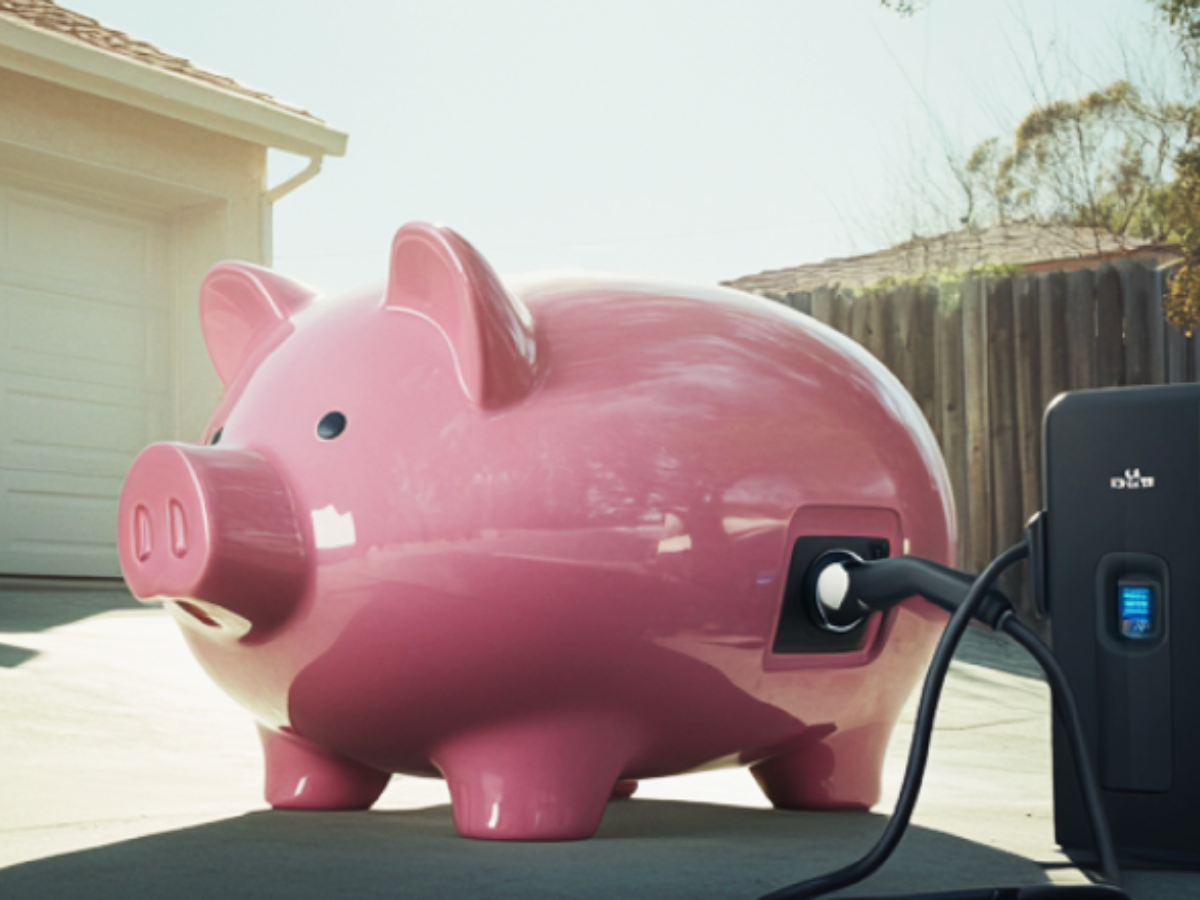







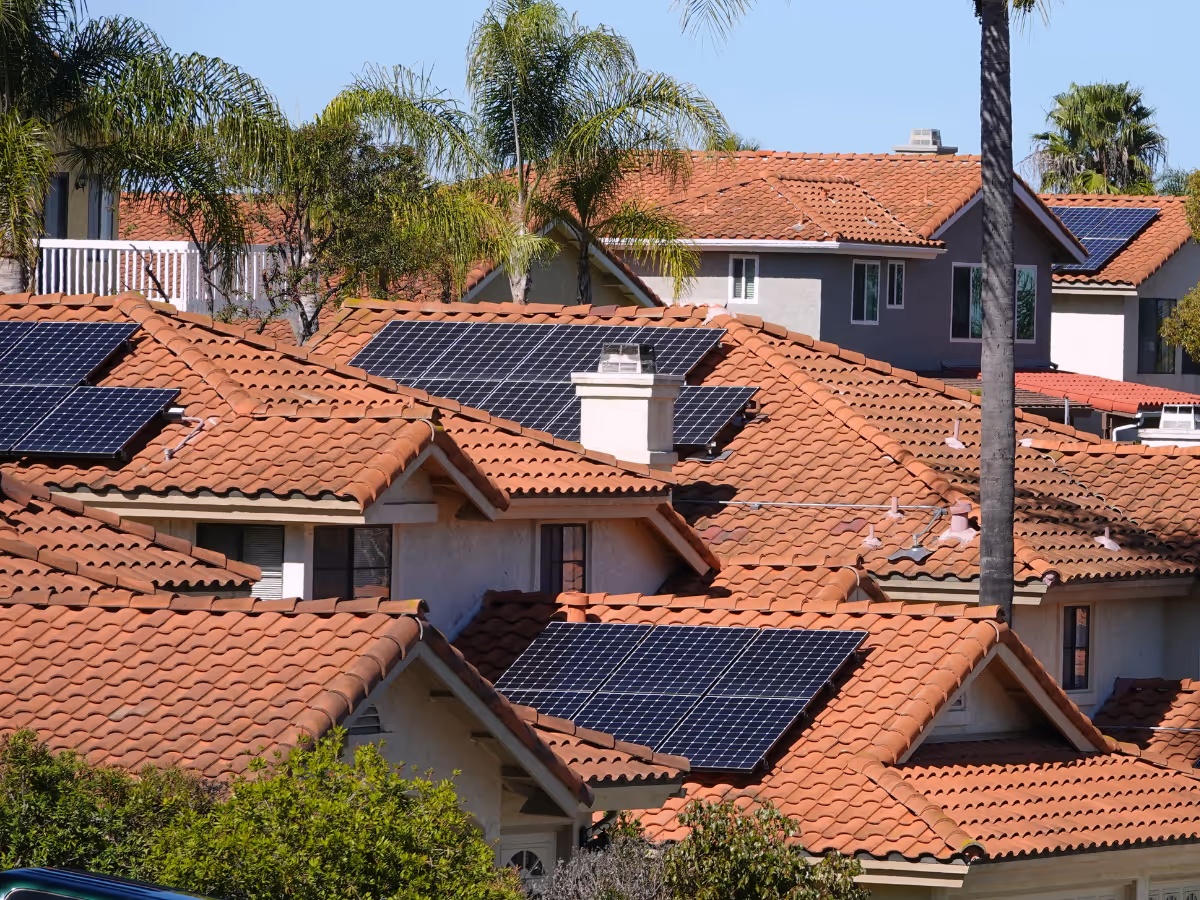


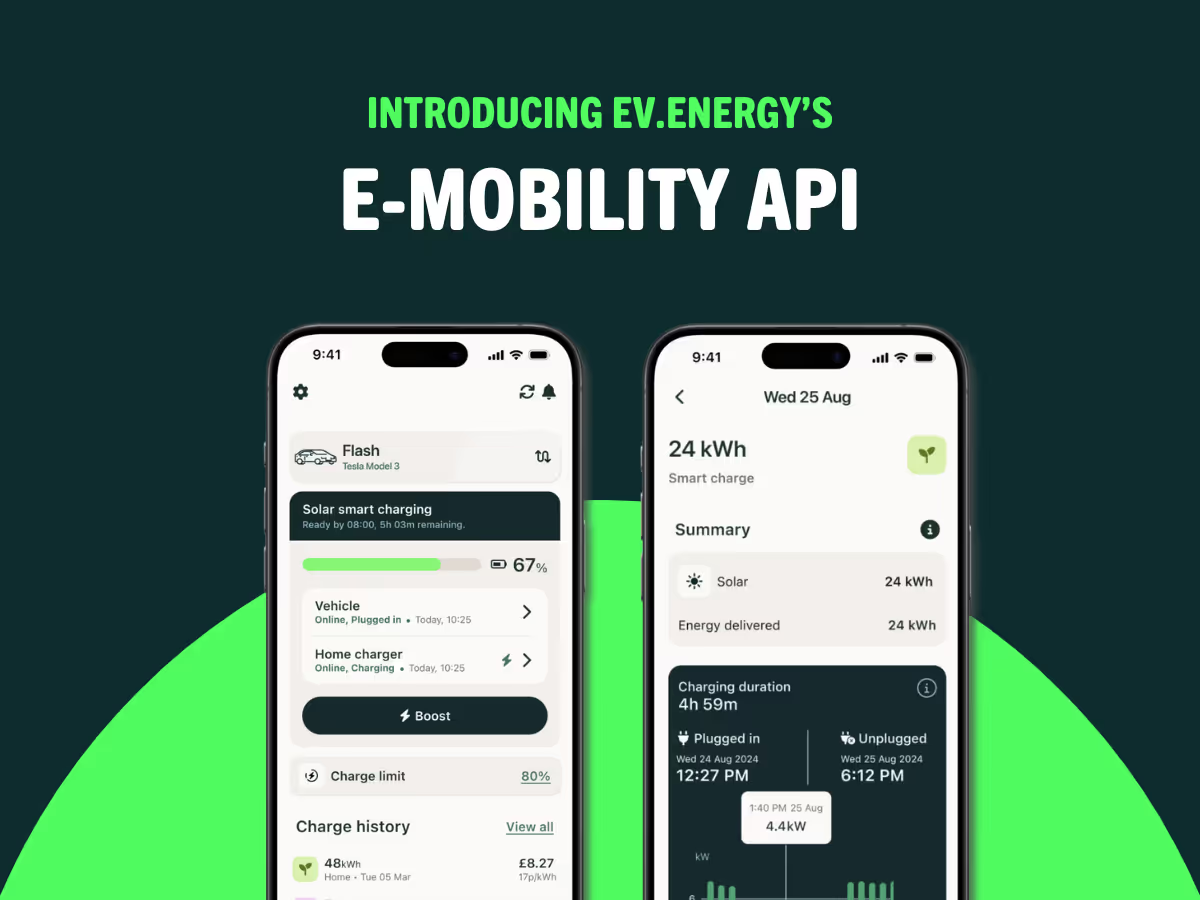














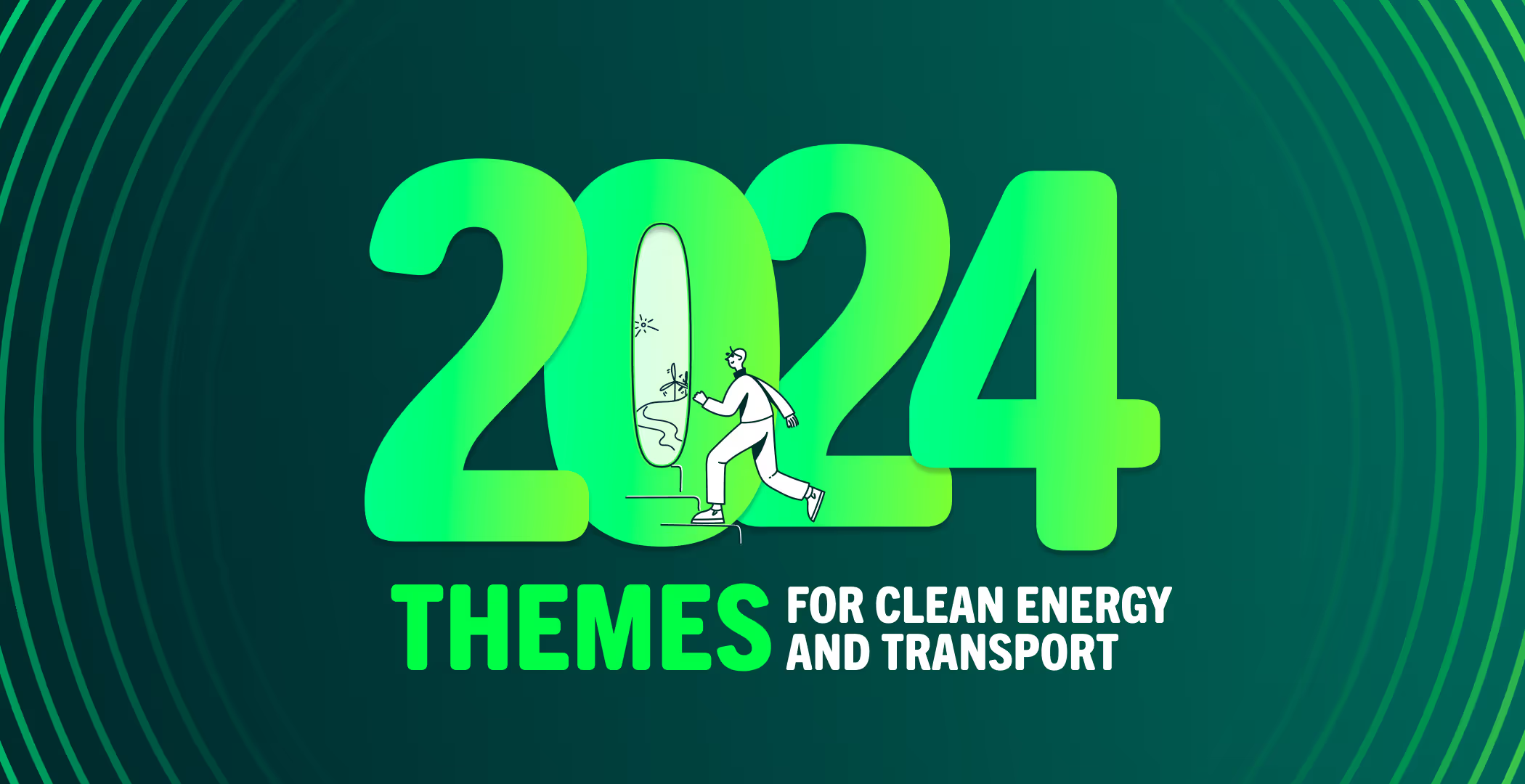
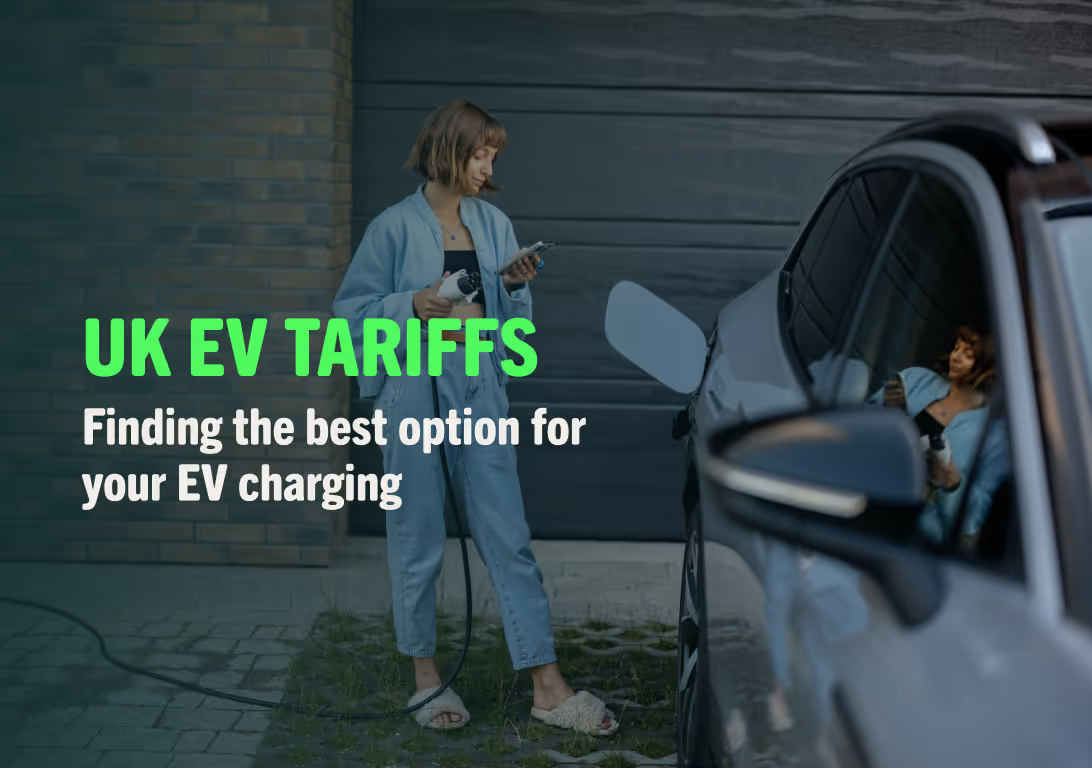








.avif)















































































